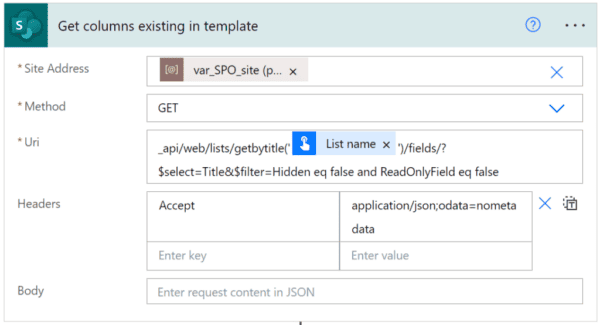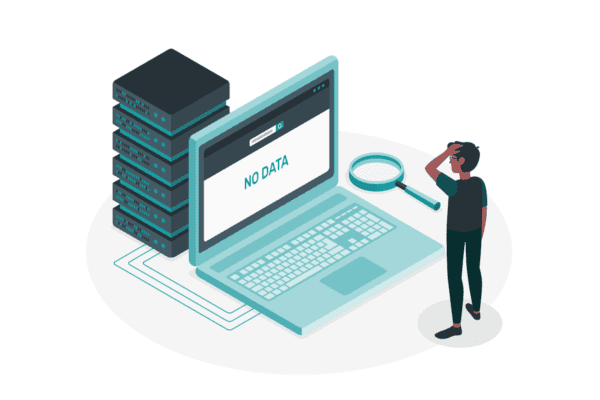Effective collaboration can be a challenge for large enterprises because their departments are usually isolated from one another and have their own tasks and goals. So, to enable healthy company-wide collaboration, enterprises need to choose a strategy and tools carefully. Many enterprises opt for SharePoint as it’s one of the most popular platforms that offers multiple capabilities for collaboration. SharePoint is not a static platform, it always forges ahead. Virtual Summit and Ignite 2018 announced new capabilities of the platform that can bring even more value to enterprise collaboration.
In this article, we explore SharePoint’s current offering for enterprises in terms of collaboration.
SharePoint new features for enterprise collaboration
Below, we list the most important innovations that help SharePoint to transform employee collaboration.
Erasing physical boundaries between employees
Besides providing 24/7 accessibility on all mobile devices, SharePoint can erase physical boundaries between employees even more due to introducing SharePoint Spaces, a feature that brings mixed reality into the collaboration environment. SharePoint Spaces puts employees into virtual reality with specialized headsets to create vivid immersive experiences. This leads to more effective collaboration between employees in different countries, for example, those who work together on designing car parts in 3D. Also, due to a strong emotional impact on people, SharePoint Spaces can make employee communication more personalized regardless of the distance between them.
Streamlining collaboration on content
Productive enterprise collaboration is impossible without sleek managing of diverse data types, and SharePoint offers the following new capabilities to facilitate collaboration on content:
- New pages. They are built using web parts that can be customized according to a company’s needs. Users can add documents, embed videos, images, site activities, Yammer feeds, etc. into them.
- Modern lists & libraries. New document libraries and lists allow users to easily and quickly create, organize, and edit SharePoint content that is mobile-friendly. With this modern experience, users can easily copy and move files using the command bar, pin documents to the top in a document library to highlight them, add files as links. They can also resize, sort, filter, and group columns, create custom views, improve the display of lists with column formatting, etc.
Making collaboration smart
Microsoft introduced Artificial Intelligence (AI) & machine learning into SharePoint. These technologies bring new collaboration experiences to an enterprise’s employees by improving files’ accessibility and search.
- Automated transcription & face recognition. Adding the Microsoft Stream web part into SharePoint Online enables automated transcription services for video and audio files. Transcription captures spoken words and converts them into text that is shown in a separate window together with relevant time marks. This allows users to easily navigate through a video or an audio file. It can be useful, for example, for getting key takeaways from video or audio conversation with a customer. Microsoft Stream also allows detectinghuman faces in a video automatically and provides a timeline for each person. Сlicking on a person’s timeline directs a user to the point in the video where that person is shown.
- Content personalization. SharePoint offers web parts that support personalized recommendations powered by the intelligence of Microsoft Graph, a developer platform used for building APIs to connect various services with Microsoft products. Such recommendations are the result of insights provided by Microsoft Graph that analyzes users’ activity and content they work with (files, messages, conversations, tasks, etc.). Recommendations can depend on a user’s role in a project or their position. For example, if a user is a financial analyst, a news web part will filter out financial news for them. What’s more, these SharePoint web parts provide for easy access to relevant content by displaying personalized lists of recently viewed sites, documents, and news.
- Intelligent search. SharePoint provides a modern search experience that enables users to see results as they start typing, and the results update as they type. Besides, SharePoint search functionality allows displaying search results from across the enterprise. For example, within Word, a user can find not only other Word documents but also their PowerPoint presentation. Also, due to the abilities to determine where photos were taken, recognize objects and extract text from audio, video, and images, AI enables searching such files by keywords and metadata like text documents. This can help employees to quickly find documents and other materials to fulfill tasks under a project and share information with other team members.
- Chatbots. Integrating chatbots into the SharePoint environment (for example, an intranet) helps users to navigate, search and work with it more effectively. Thus, chatbots can act like employees’ personal assistants. They not only provide quick access to information but also notify users about document updates, policy changes or events. Also, chatbots can book a meeting room, schedule a vacation, run a survey, or kick off a workflow, upon a user’s request or provide a user with a relevant guide.
Improving data security, integrity & compliance
SharePoint offers strong security capabilities, like multi-factor authentication, that help to protect collaboration-related information from ransomware. SharePoint also helps to retain data integrity by protecting it from accidental file deletion or corruption. For example, Files Restore, a new self-service recovery solution for SharePoint, allows restoring files from any point in time during the last 30 days.
Limitations
Although new smart capabilities can bring much value to businesses, it’s important to take into account their limitations, too. Of course, the main limitation is their cost. Implementation of mixed reality and AI is very expensive and small companies can hardly afford these technologies. For example, a basic AI project can cost as high as $300,000. Besides, these technologies lack flexibility as their capabilities are restricted to only the algorithms that they have been trained for. So, they require ongoing maintenance to adapt to new business goals and other systems and platforms, which is also costly. What’s more, implementation of smart technologies is always time-consuming.
New opportunities for collaboration
The recent updates of the platform have made SharePoint-based enterprise collaboration more advanced by bringing about features like chatbots. The new functionality of SharePoint enhances collaboration due to the immersive experience, content personalization, smart search and compliance, and more.
About the Author:
Sergey Golubenko manages ScienceSoft’s Office 365 and SharePoint projects on consultancy, configuration, migration and custom development.











